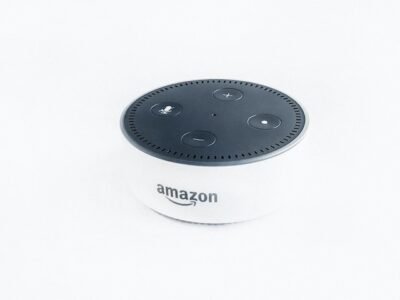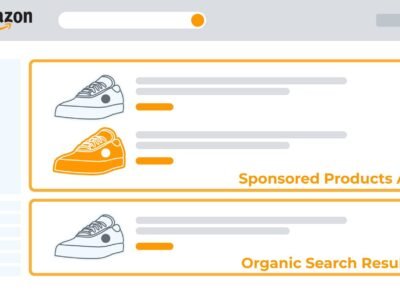The success of your Amazon business largely depends on the products you choose to sell. Selecting high-demand, low-competition products with good profit margins is crucial to staying ahead in the competitive e-commerce landscape. In this comprehensive guide, we’ll delve into the science of Amazon product research and explore techniques that can help you identify winning products for your online store.
The Importance of Product Research
- Market demand: Understanding market demand helps you select products that have a high potential for sales. Picking items with little or no demand can result in low sales volume and slow inventory turnover.
- Competition analysis: Analyzing your competition allows you to identify market gaps and opportunities for differentiation, increasing your chances of success in a crowded marketplace.
- Profitability assessment: Accurate product research helps you determine the potential profit margins of a product, ensuring that you make informed decisions and invest in products that can generate a healthy return on investment.
Key Metrics to Evaluate
- Best Sellers Rank (BSR): The Amazon Best Sellers Rank indicates a product’s popularity within its category. A lower BSR indicates higher sales volume, so look for products with a BSR within the top 1-5% of their category.
- Sales velocity: Analyze the average number of units sold per month for the top-selling products in your target category. This will give you an idea of the sales potential for a similar product.
- Price range: Look for products with an average selling price between $15 and $50. Products in this price range typically offer a good balance between profit margin and sales volume, without being too expensive for impulse purchases.
- Reviews and ratings: Evaluate the average number of reviews and ratings for top-selling products in your target category. Products with fewer reviews may indicate less competition, while products with poor ratings could signify an opportunity for improvement.
- Net profit margin: Calculate the potential net profit margin for each product, considering factors such as manufacturing costs, Amazon fees, and shipping expenses. Aim for a net profit margin of at least 25-30% to ensure a healthy return on investment.
Product Research Techniques
- Browse Amazon categories: Start by exploring Amazon’s category and subcategory pages, paying close attention to the Best Sellers, Hot New Releases, and Movers & Shakers lists. These lists can help you identify trending products and popular niches.
- Use keyword research tools: Tools such as Google Keyword Planner, Keywordtool.io, or Helium 10 can provide valuable insights into search volume and competition for specific keywords. Look for keywords with high search volume and low competition to identify potential product opportunities.
- Leverage product research tools: Utilize Amazon-specific product research tools like Jungle Scout, Helium 10, or Viral Launch to gain deeper insights into sales data, competition, and profitability for various products and niches.
- Analyze competitor listings: Study the listings of top-selling products in your target niche. Look for patterns in their titles, descriptions, and images, and identify areas where you can improve or differentiate your product offering.
- Monitor social media and forums: Keep an eye on social media platforms, online forums, and e-commerce blogs to stay informed about emerging trends, popular products, and customer pain points. This can help you identify potential product opportunities before they become oversaturated.
Validating Your Product Ideas
- Test the market: Before fully committing to a product, consider launching a small-scale test to gauge market response. This could involve ordering a small batch of inventory or using a print-on-demand service to test the waters.
- Evaluate market trends: Use tools like Google Trends, TrendHunter, or Exploding
- Topics to analyze the historical and projected market trends for your product idea. Ensure that the product has a consistent or growing interest over time, rather than being a short-lived fad.
- Assess manufacturing and logistics: Contact potential suppliers or manufacturers to obtain quotes and lead times for your product. Ensure that you can source the product at a cost that allows for a healthy profit margin. Additionally, consider shipping and storage requirements, particularly for oversized or perishable items.
- Monitor customer feedback: Read reviews of similar products to identify common customer pain points, complaints, or unmet needs. This can help you refine your product offering and address gaps in the market.
- Reevaluate your competition: Before launching your product, reassess the competitive landscape to ensure that no new players have entered the market or made significant changes that could impact your product’s potential success
Conducting thorough Amazon product research is essential for identifying profitable and sustainable product opportunities. By leveraging various research techniques and tools, and carefully evaluating key metrics, you can make informed decisions that set your business up for success. Keep in mind that product research is an ongoing process; continuously monitor market trends, customer feedback, and competition to stay ahead of the curve and adapt your product offerings as needed.











